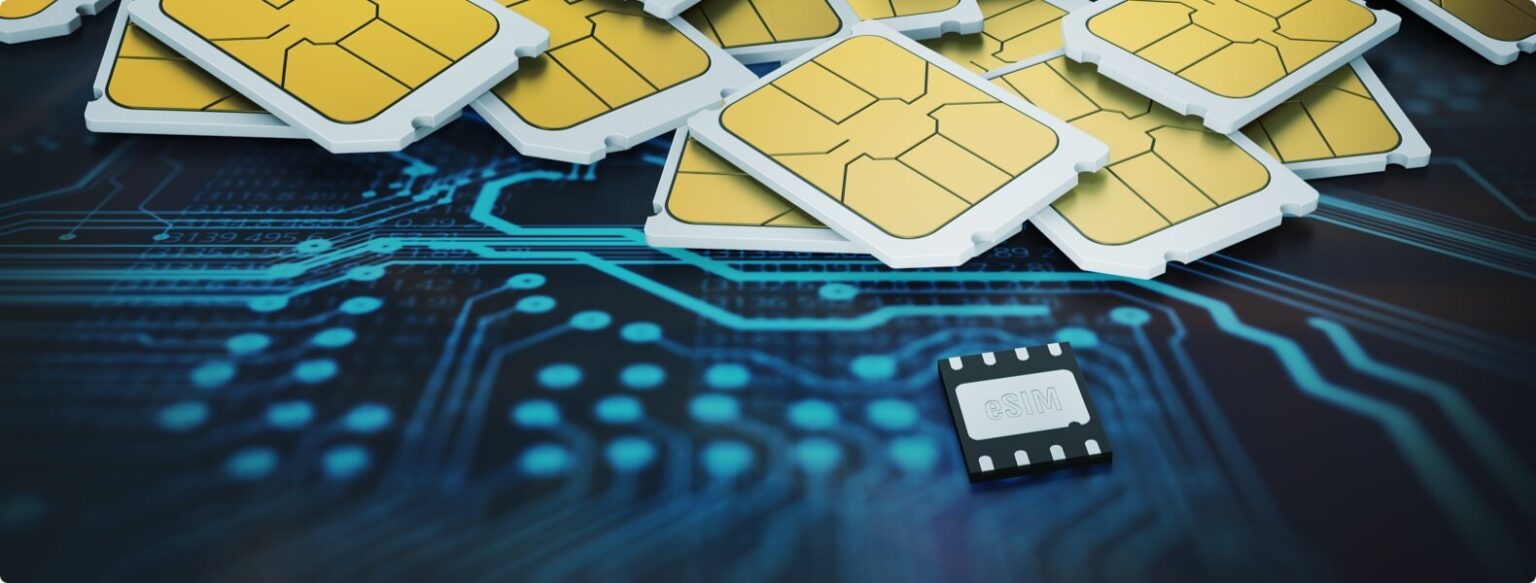- Econet Wireless Zimbabwe, a Telecommunications company founded by Strive Masiyiwa, has introduced the country’s first eSIM service.
- eSIM is a digital SIM card embedded in smartphones, eliminating the need for a physical SIM card and allowing users to have multiple phone numbers on one device.
- Econet’s adoption of eSIM technology aligns with global trends and promises to bring numerous benefits to both consumers and the company itself.
Econet Wireless Zimbabwe, one of the country’s leading telecommunications companies, has taken a bold step by introducing the country’s first eSIM service. This innovative technology, known as eSIM (Embedded Subscriber Identification Module), is a digital SIM card that is embedded in smartphones, eliminating the need for a physical SIM card.
Econet Wireless Zimbabwe’s introduction of eSIM technology is not merely a technological advancement but a strategic move to provide its customers with a better, more flexible, and sustainable communication experience.
Econet’s eSIM technology
“Our desire is to enable a seamless customer experience for our subscribers’ evolving needs. We have spent significant time testing this new technology and we are excited to roll it out to our customers,” Econet said.
The company’s foray into eSIM technology aligns with a broader global trend. The adoption of eSIMs has gained momentum in recent years, driven by the demand for greater flexibility and the environmental imperative to reduce e-waste. Major players in the smartphone industry, such as Apple, Samsung, Huawei, and others, have championed eSIM technology, making it a mainstream feature in their devices.
Apple has been a key driver of this trend since 2014, when they introduced eSIM support in the iPad Air 2. This support, activated with iOS 12.1, led to a rapid increase in eSIM mobile network operator support, from 15 operators in November 2019 to over 100 in January 2020.
“Smartphones ranging from the iPhone XS to the latest iPhone 15; the Samsung Galaxy S20, S21, S22 and S23 series, as well as the Samsung Note 20; the Huawei P40, Huawei P40 Pro, Huawei P50 Pro and the Huawei Mate 40 Pro; and the Itel Vision 3 Plus and Itel p37 Pro, all use eSIMs on our network,” Econet said.
What is a SIM Card?
According to the GSMA, a global industry organization representing mobile operators and related companies, eSIM adoption is expected to continue growing. By 2025, it is estimated that up to 60% of smartphone unit sales will be eSIM-compatible, with two to three billion smartphone connections worldwide using eSIM technology.
China, with its vast and growing smartphone market, is poised to become the largest eSIM market, with potentially half a billion eSIM smartphone connections. This underscores the global nature of the eSIM revolution, and Econet Wireless Zimbabwe’s pioneering role aligns the country with this international shift.
Econet Wireless Zimbabwe’s embrace of eSIM technology not only marks a milestone for the company but also positions Zimbabwe as a forward-thinking player in the global telecommunications arena. As the country’s first telecommunications provider to offer eSIM services, Econet has set a high standard for convenience, innovation, and customer-centricity.
SIM cards, an abbreviation for Subscriber Identity Modules, have a rich history dating back over two decades. A traditional SIM card is a small, removable card that fits into a dedicated tray within a mobile device. Typically provided by the carrier, it comes pre-programmed with account information, including the user’s phone number and security keys essential for network identification and authentication. While SIM cards can store contacts and SMS messages, these features are seldom used today due to the advanced capabilities of modern smartphones.
A phone without a SIM card lacks a valid phone number, rendering it incapable of making or receiving calls on a wireless network. It’s worth noting that some countries, including the U.S., require phones to be capable of placing calls to emergency services, even without a SIM card. However, such cases are exceptions rather than the norm.
Advantages of SIM cards
One of the most significant advantages of traditional SIM cards is their removability. Users can easily transfer a SIM card from one device to another, facilitating phone upgrades without needing to contact the carrier. Moreover, this feature offers a practical solution for travelers seeking to avoid exorbitant roaming charges. By replacing their regular SIM card with a local one upon arrival at their destination, users can acquire a local phone number within minutes.
However, the traditional SIM card presents some challenges. Being a physical entity, it is susceptible to damage, loss, or theft. Without adequate security measures like setting a PIN, anyone with access to a SIM card can potentially gain control over a user’s number, incurring charges or compromising online accounts.
Also Read: Zambian regulator deactivates 2.1 million fraudulent SIM cards
What is an eSIM?
An eSIM is a SIM card that is permanently built into a smartphone and cannot be physically removed. While it serves the same primary function as a traditional SIM card, it offers unique advantages.
eSIM technology allows for programmable and physical integration (soldering) with a smartphone’s motherboard. Although some may initially view this as a limitation, eSIMs introduce an unprecedented level of convenience. When traveling abroad or switching carriers, users can make the switch directly on their phone, often by scanning a QR code provided by their carrier. This eliminates the need for physical SIM cards and enables users to manage their accounts and switch between lines and carriers effortlessly.
Advantages of eSIM technology
Another significant benefit of eSIM technology is the space it saves. By removing the physical SIM tray, device manufacturers can design thinner, more compact devices with larger batteries. Additionally, the absence of an external slot enhances water resistance, as there is one less point of entry for moisture.
Although eSIM adoption varies by region, it reflects the ongoing evolution of technology and its adaptation to different markets. In conclusion, the transition from traditional SIM cards to eSIMs represents a significant advancement in mobile connectivity. While traditional SIM cards served as pioneers, eSIMs provide a seamless and convenient solution for users and manufacturers alike.




